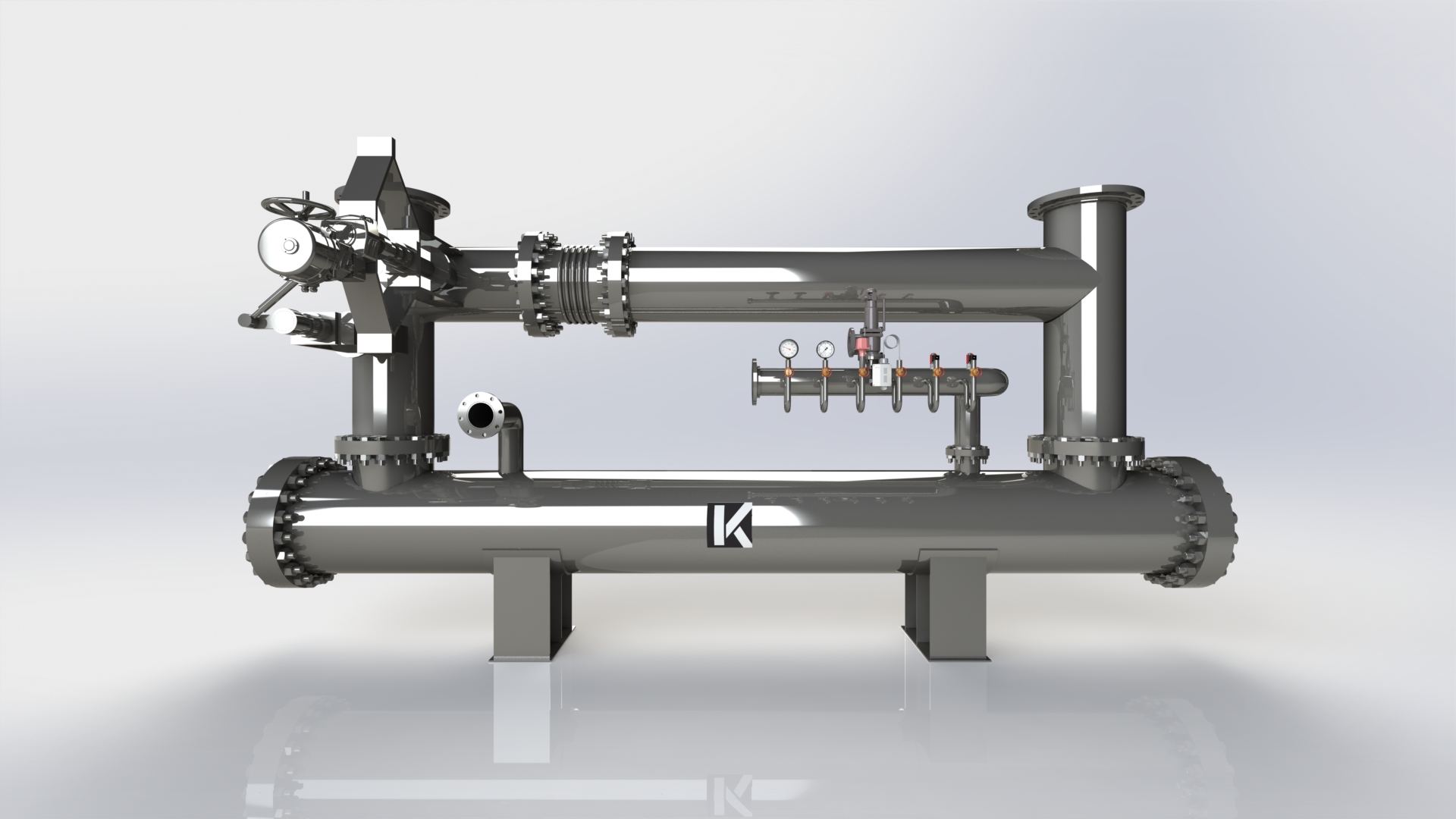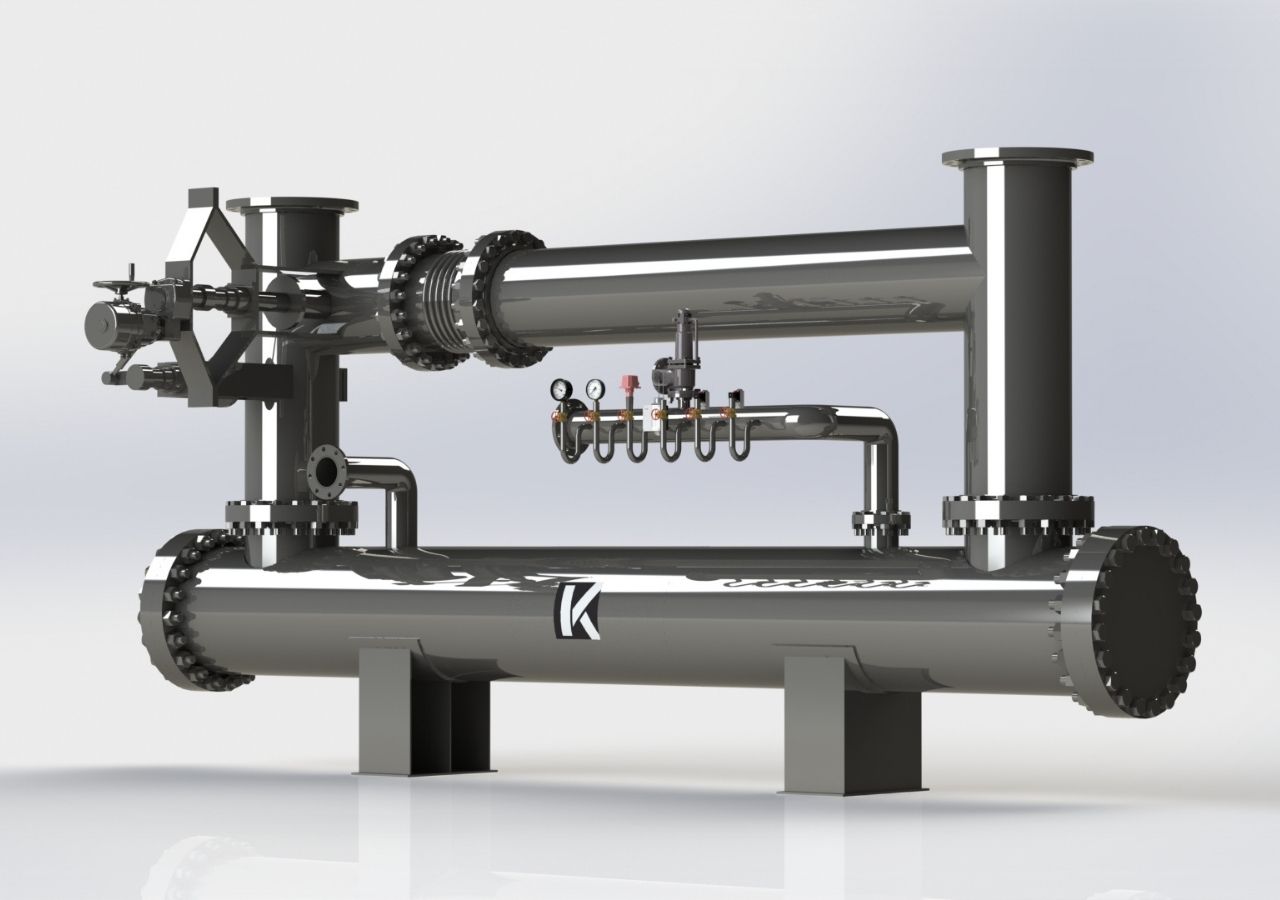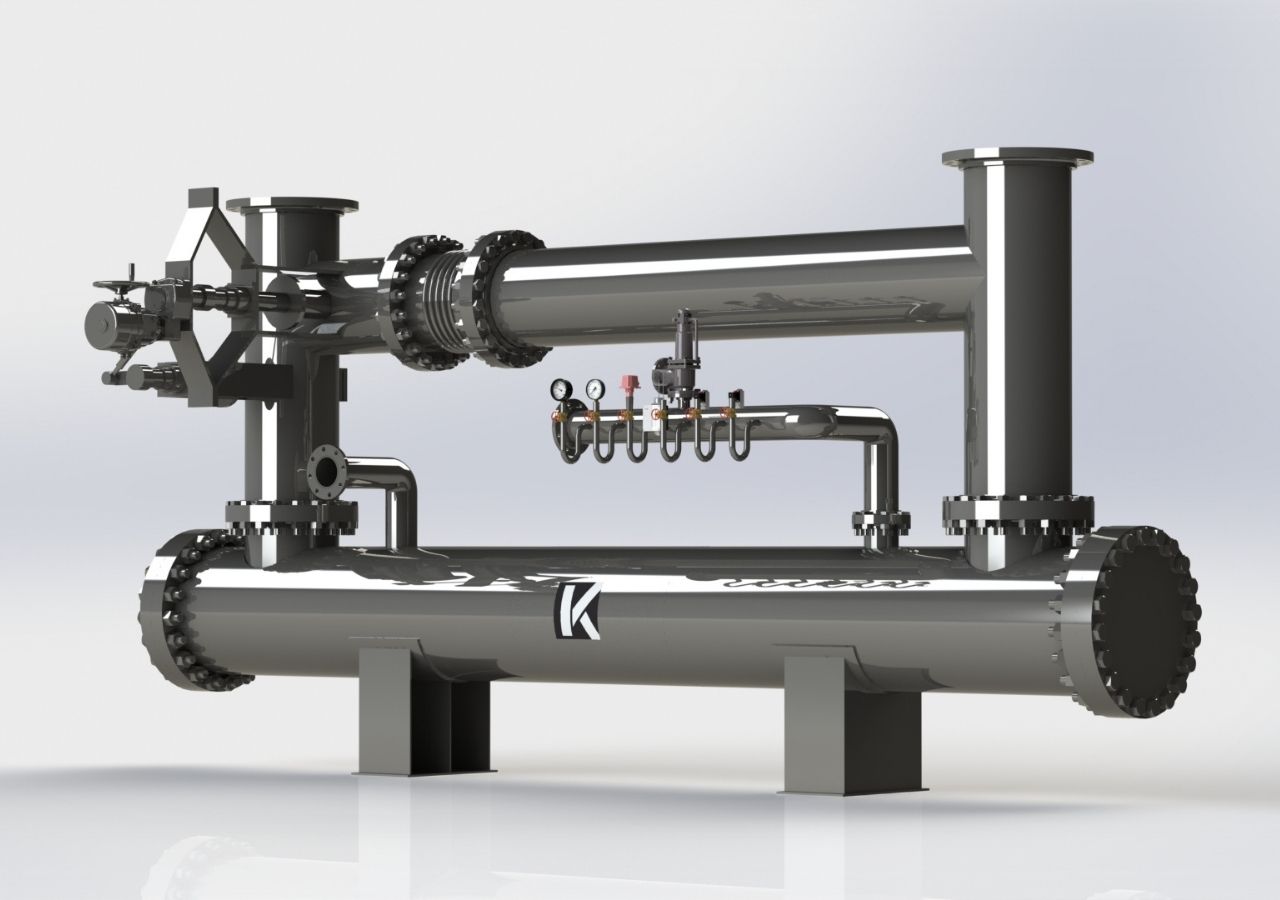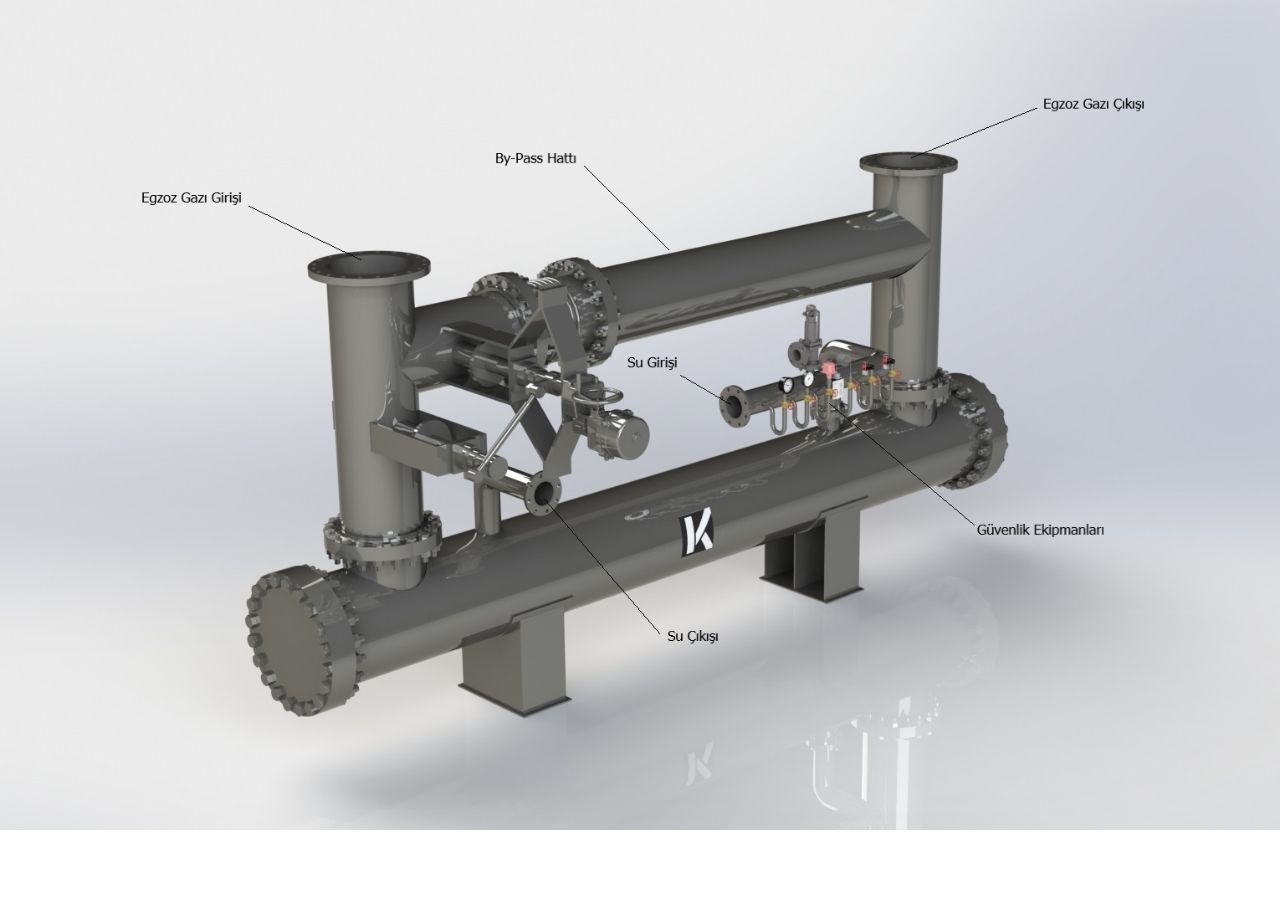What are Exhaust Gas Heat Exchangers?
2023-11-14 02:37:26

The exhaust gas passes through the tube bundle, which is the primary circuit of the exchanger. At the same time, water circulates around the pipes in the body of the heat exchanger to cool the exhaust gas. Most of the heat in the gases is transferred to the water and the relevant energy is recovered.



